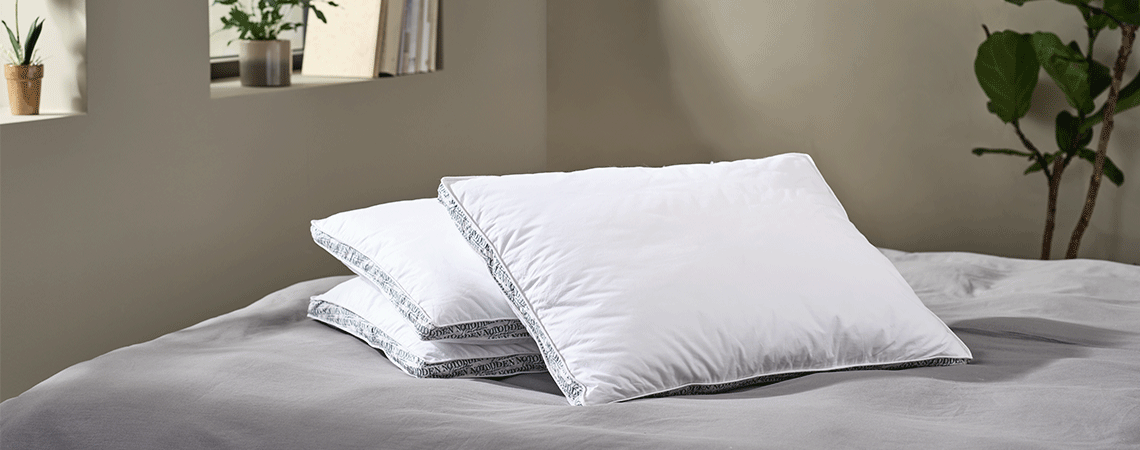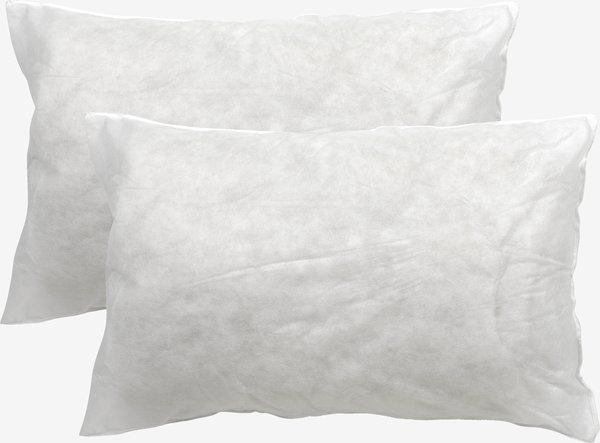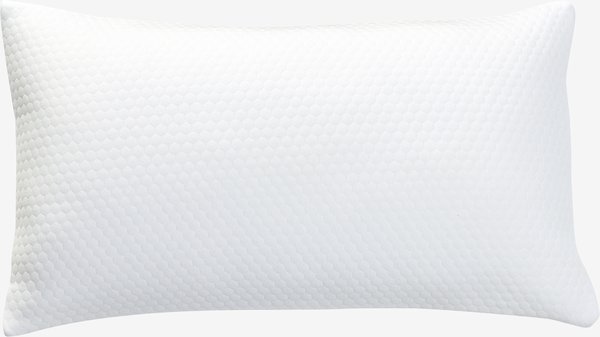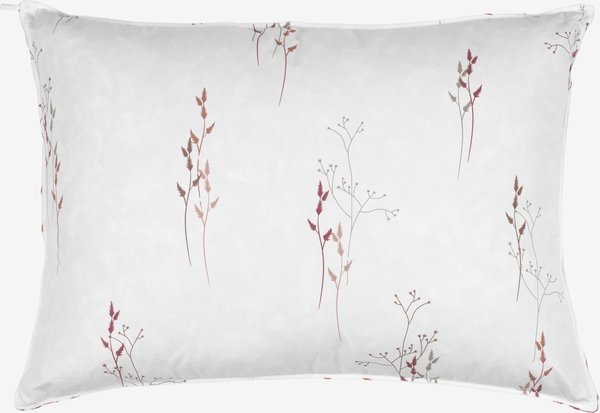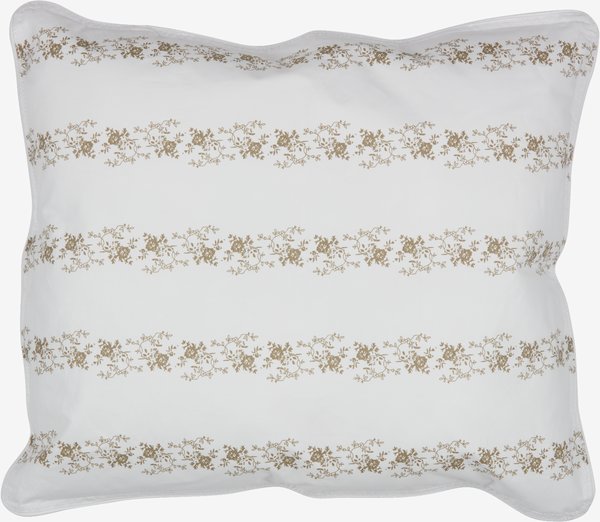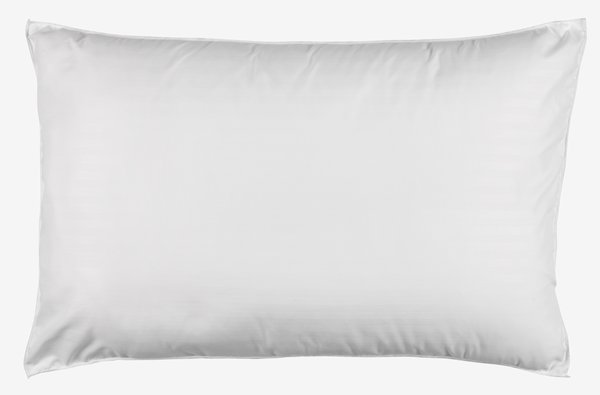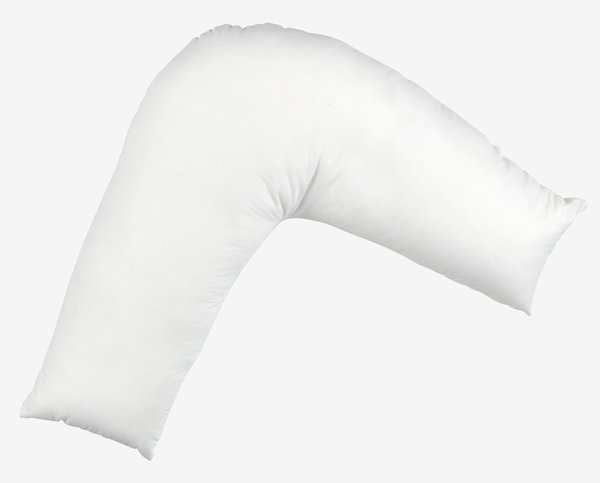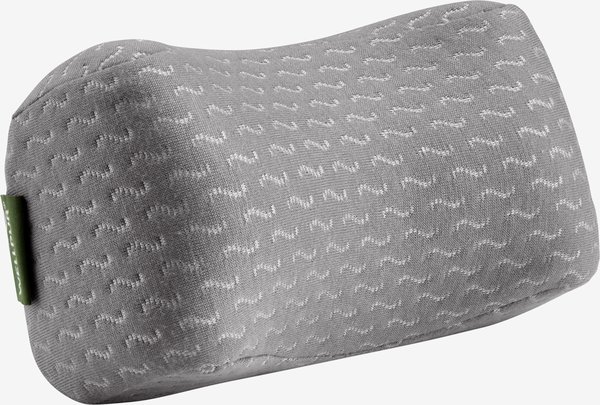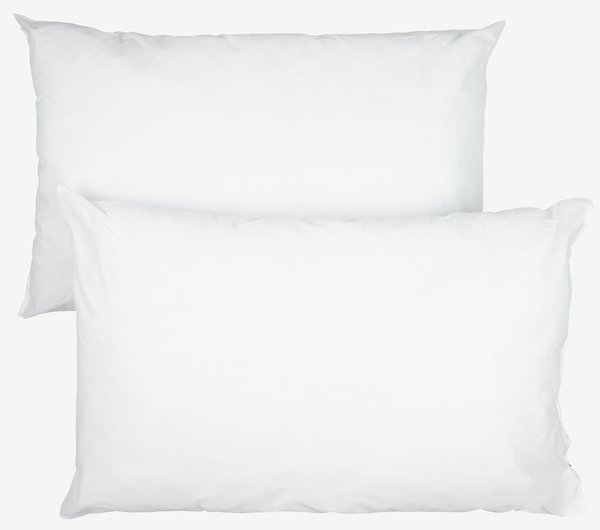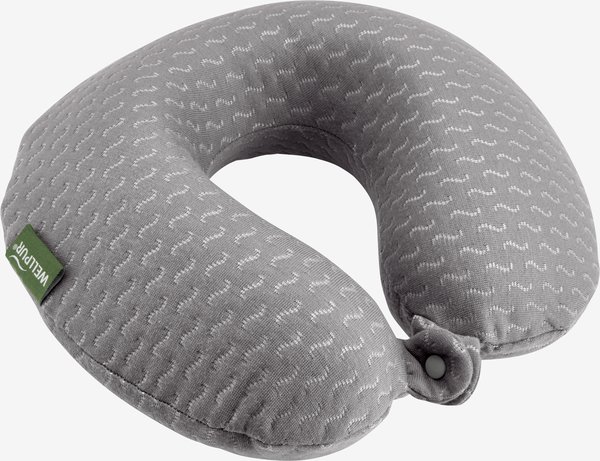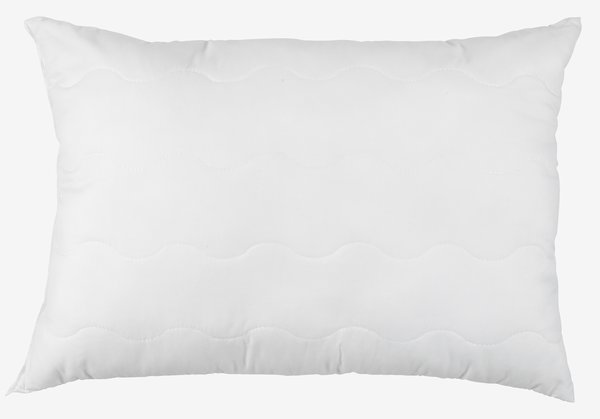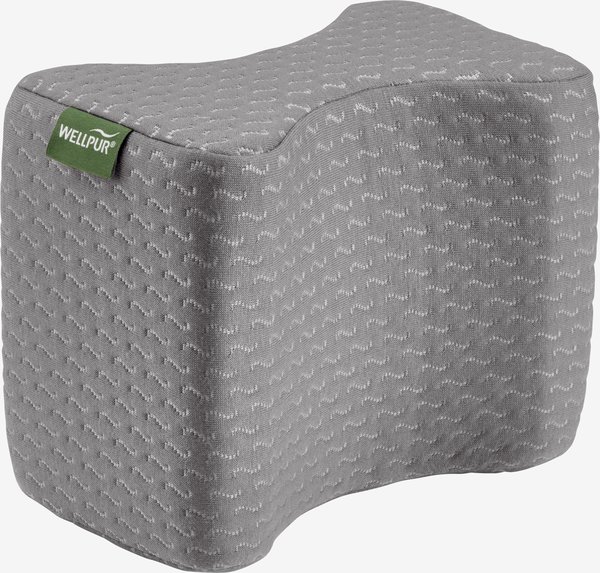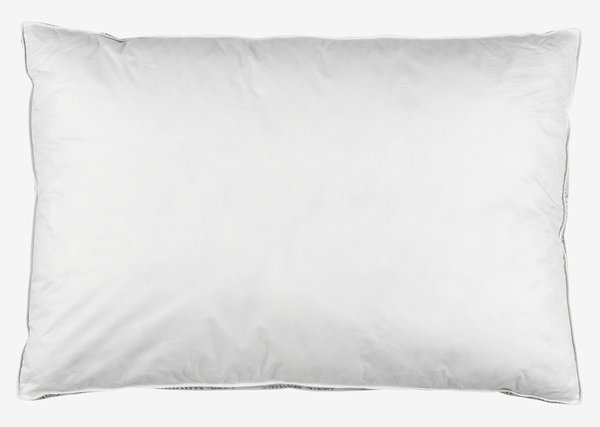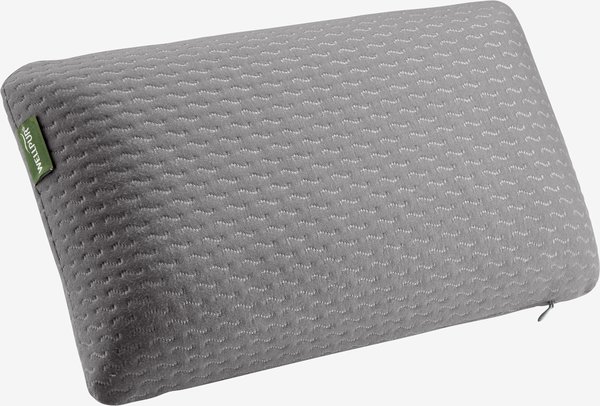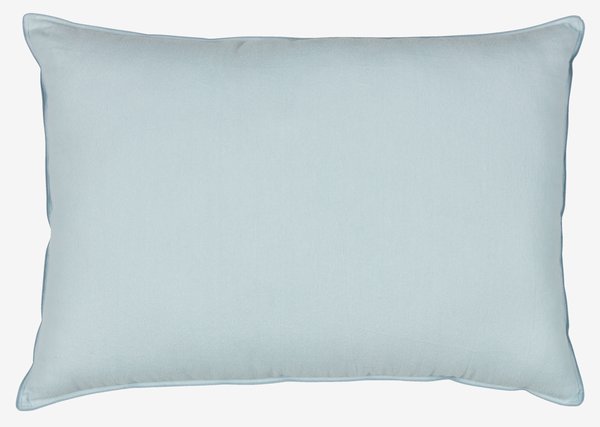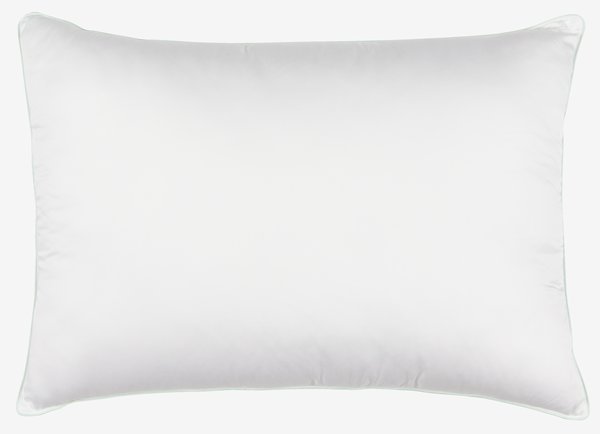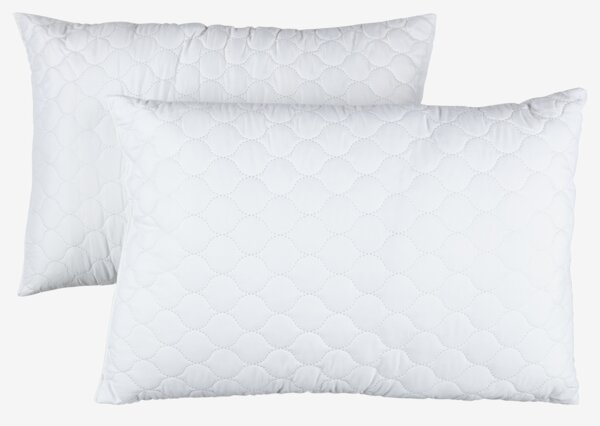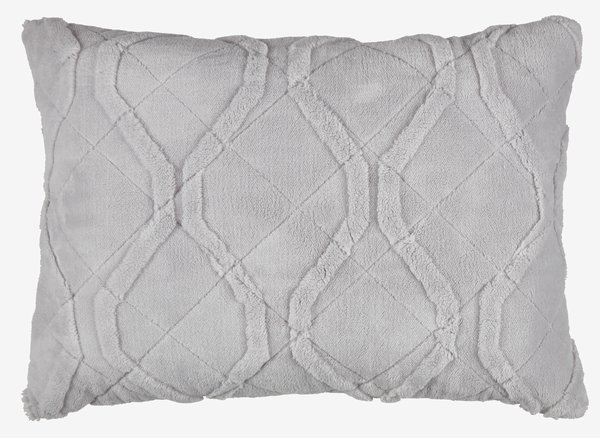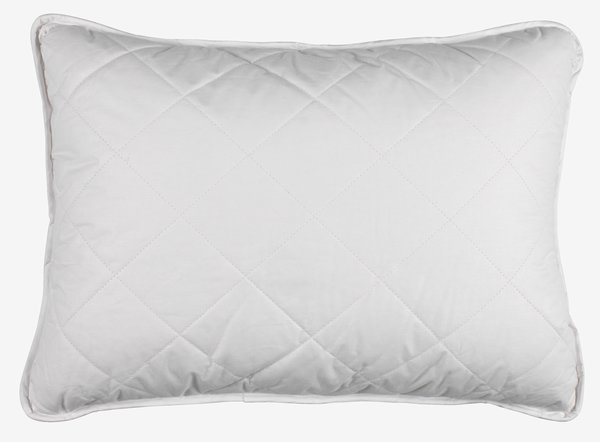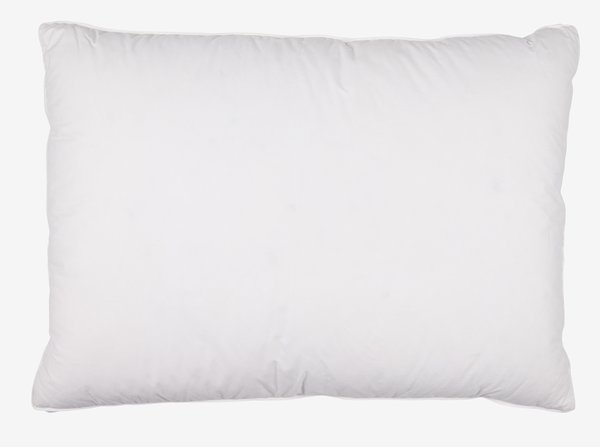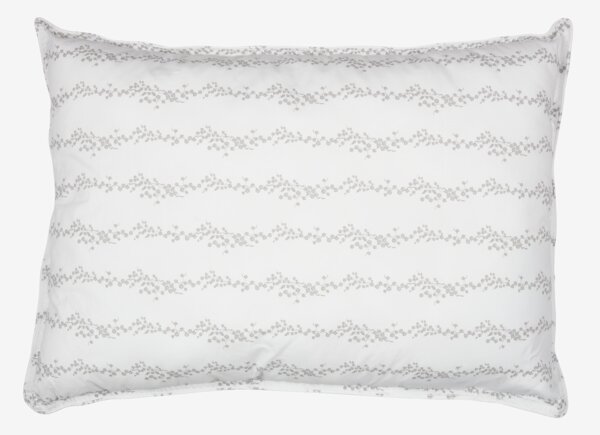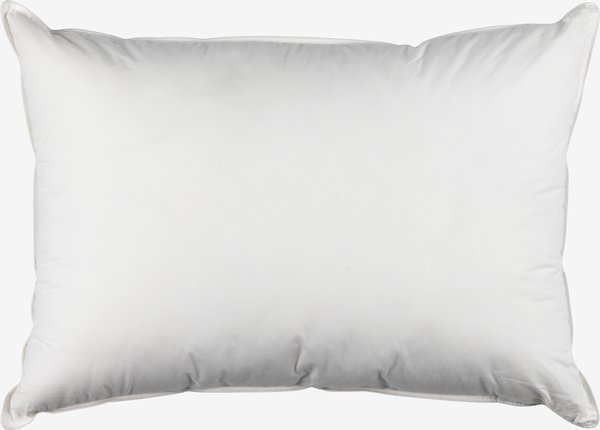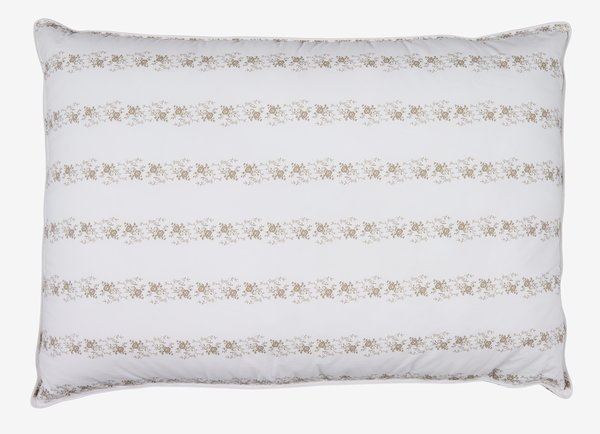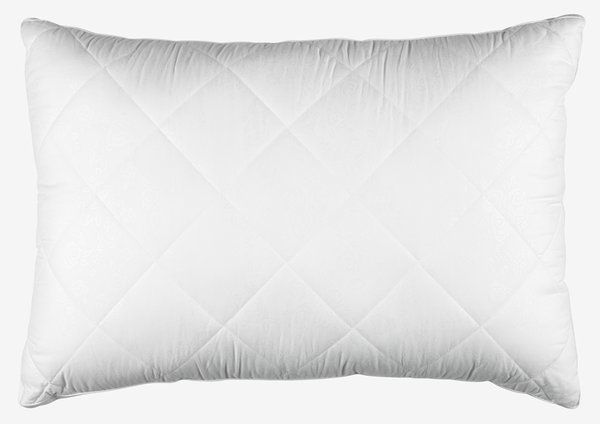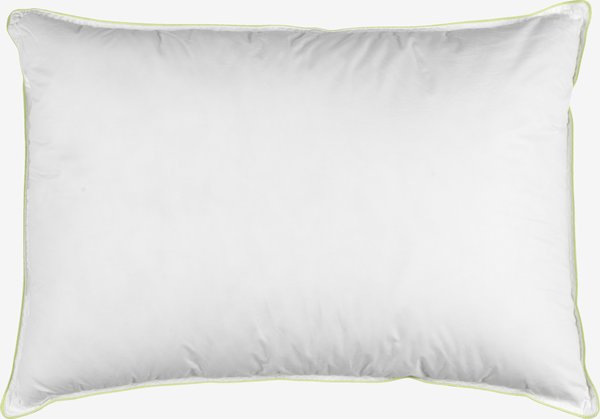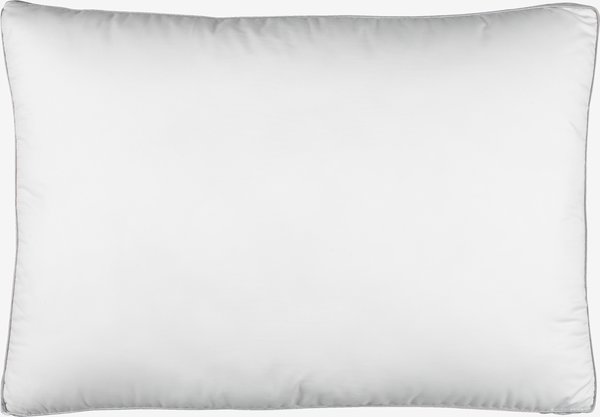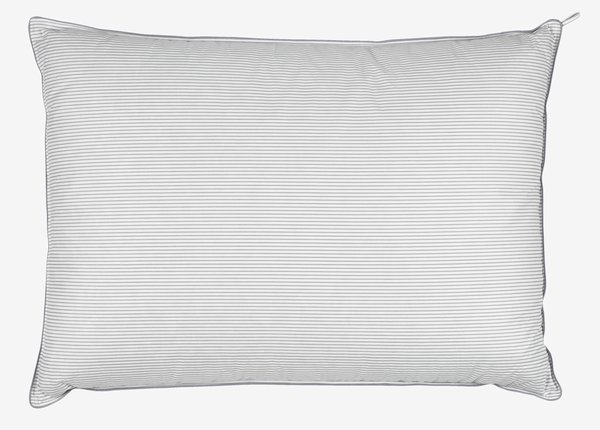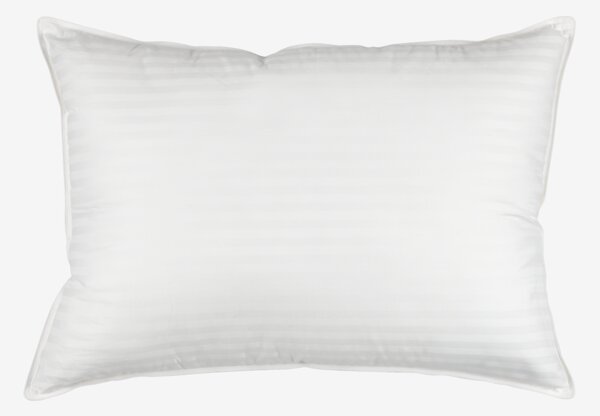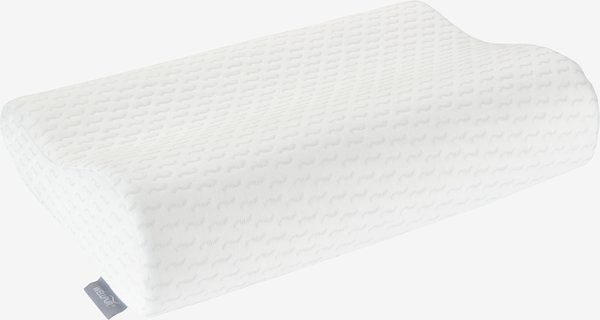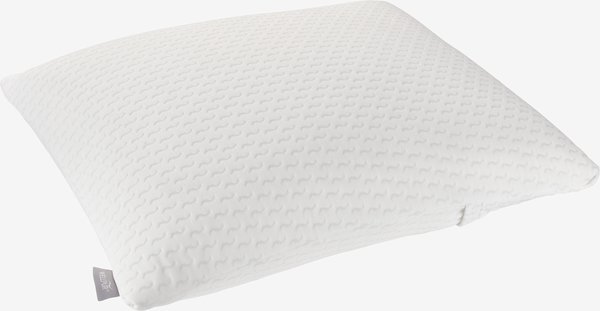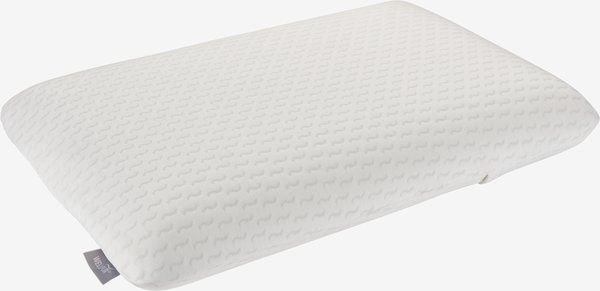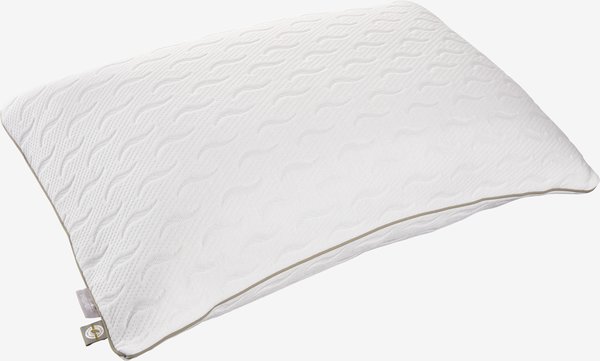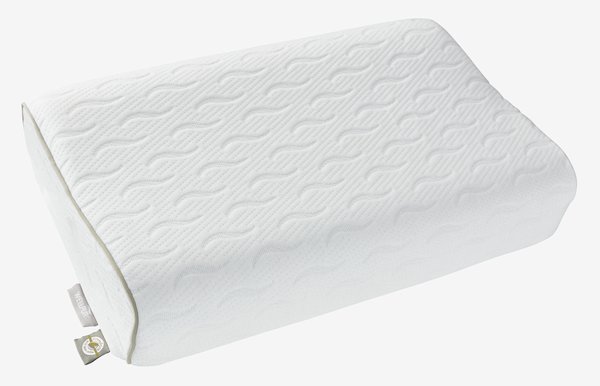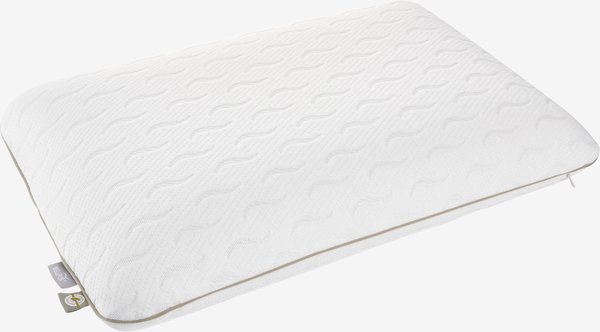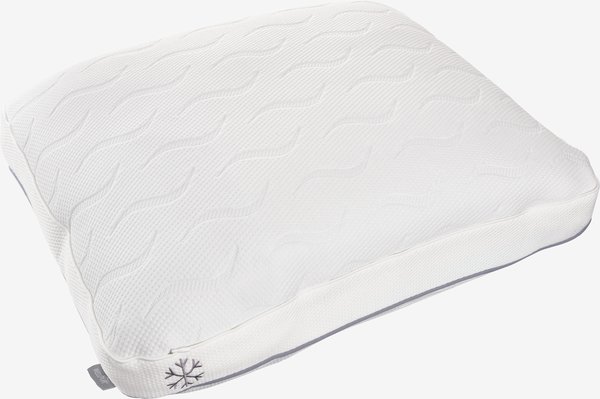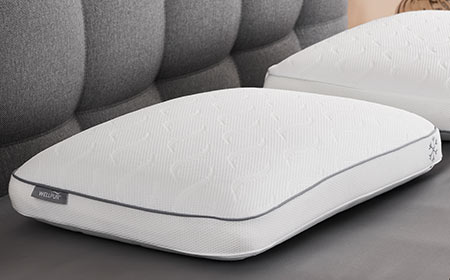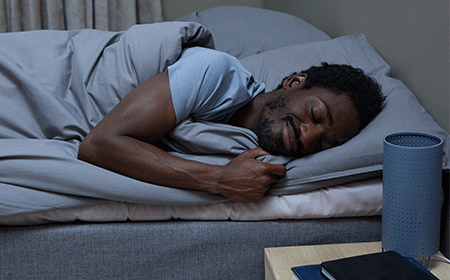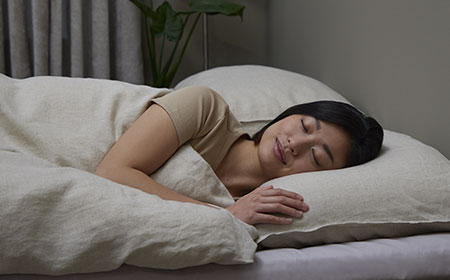Even though your pillow might look and feel the same as the day you bought it, chances are it needs to be replaced without you realising it. But how do you know when it's time to buy a new pillow?
Signs that you need a new pillow
If you wonder how often to change pillows, a good rule of thumb is to replace your pillow every two years. You can tell that a pillow needs to be replaced by paying attention to three things:
- Firmness: Your pillow has lost its supportive function and feels more limp than fluffy.
- Appearance: Your pillow has developed stains and/or discolouration that are not removed through regular washing.
- Wear and tear: There are small holes in the fabric, frayed seams, or it generally looks worn.

If your pillow is stained and discoloured, its filling clumps together, or the cover fabric has holes, it may be time to get a new one.
The most important thing to pay attention to is the fullness of your pillow. A pillow that has lost its supportive function can lead to neck and back soreness, and may even cause headaches. Pillows lose firmness gradually, so it’s not something you’re likely to notice from one day to the next. A common pitfall is getting used to the feeling of a worn-out pillow that no longer provides the support you need.
To be on the safe side, consider replacing your pillow after around two years – even if you can’t immediately see or feel a significant difference.
The limited lifespan of pillows
Your pillow takes more wear and tear than the other parts of your bed.
Few examples of what wears your pillow out:
- The pressure of your head and upper body will compress the pillow
- Make-up, facial cream, and hair products all affect your pillow
- Lying on your pillow with wet hair
- Sweating on the pillow, which is absorbed into the material
Which factors affect how long your pillow will last?
Regardless of which pillow you intend to buy from the many different ones available, you should expect that it will last a maximum of two years. Lower-priced models may need replacing more frequently than expensive ones.
Let's take a closer look at what your pillow's unique properties mean for its durability:
- Height: If you need a high pillow with a lot of filling and support, you should pay extra close attention to its quality. The difference in quality can have a big impact on the pillow's durability. When you buy a lower-priced high pillow, the pillow is filled with materials of lower quality. The resilience and durability of lower-priced fibres are typically at the low end of the scale.
- Filling: There isn't one type of filling that is more durable than other types. The durability isn't a matter of the type of filling, but rather the quality of that filling. When you buy a higher-quality pillow, it will be filled with materials that can maintain their resilience and support longer than the lower-priced models.
- Quality: One of the advantages of paying more for higher quality is the durability of the materials. The better quality of your pillow, the better both filling and fabric. Price is an indication of durability.
How can you extend the lifespan of your pillow?
Luckily, there are certain steps you can follow to improve and maintain the fluffiness and freshness of your pillow throughout its lifespan:
- Air out your pillow: Your pillow will feel fresher and crisper if aired outside. Be sure to make this a priority every once in a while, and ideally every day.
- Shake your pillow every day: With a proper ruffling, the filling and resilience of your pillow will be strengthened. However, be aware that you should never vacuum or pound on your pillow, as both can damage the filling.
- Put it in the dryer: If you tumble dry your pillow for a few hours – preferably with a couple of dryer balls – the filling will be knocked around and the pillow will regain its original fullness. As always, be sure to follow the instructions on the washing label.
- Be careful with your bed throw: Many people put a bed throw over their duvet and pillow right after they get out of bed. After a night’s sleep, your pillow will likely be a little damp in the morning. Because of this, it is ideal to leave the pillow uncovered so it can dry throughout the day. If the moisture is unable to evaporate, your pillow may feel soggy and cold the next time you lay down on it. Worst case, your pillow might develop mould which should be avoided.
- Wash your pillow: Always remember to follow the washing instructions on the label of your pillow. Down and feathers clump together over time, but when wash your pillow and dry it properly, the down and feather will be ruffled and redistributed.
When you've washed your pillow, it's important to make sure that it is completely dry before using it. It can sometimes be hard to tell if the pillow is fully dry, so here's a helpful tip: Weigh your pillow before you wash it and write down its weight. After washing and drying it, give it another weigh and compare to the initial weight. If it is heavier, there is likely still moisture inside it, and it will therefore need additional time to become fully dry once again.
Our assortment includes pillows with natural filling, fibre filling, and specialist pillows, so regardless of which type of pillow you are looking for, you will find one that suits your specific needs and wishes perfectly. If you’re interested in learning more about making the right choice of pillow, check out our ultimate guide to pillows.
